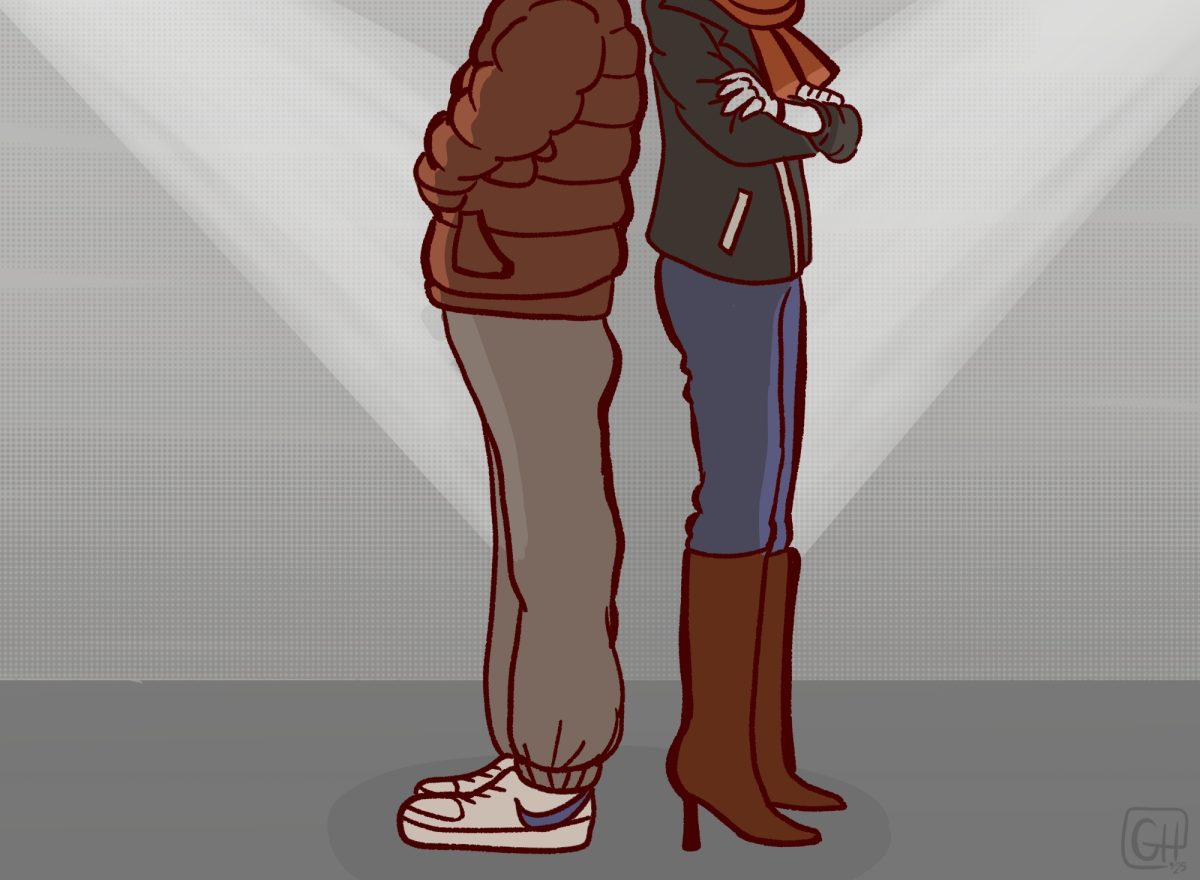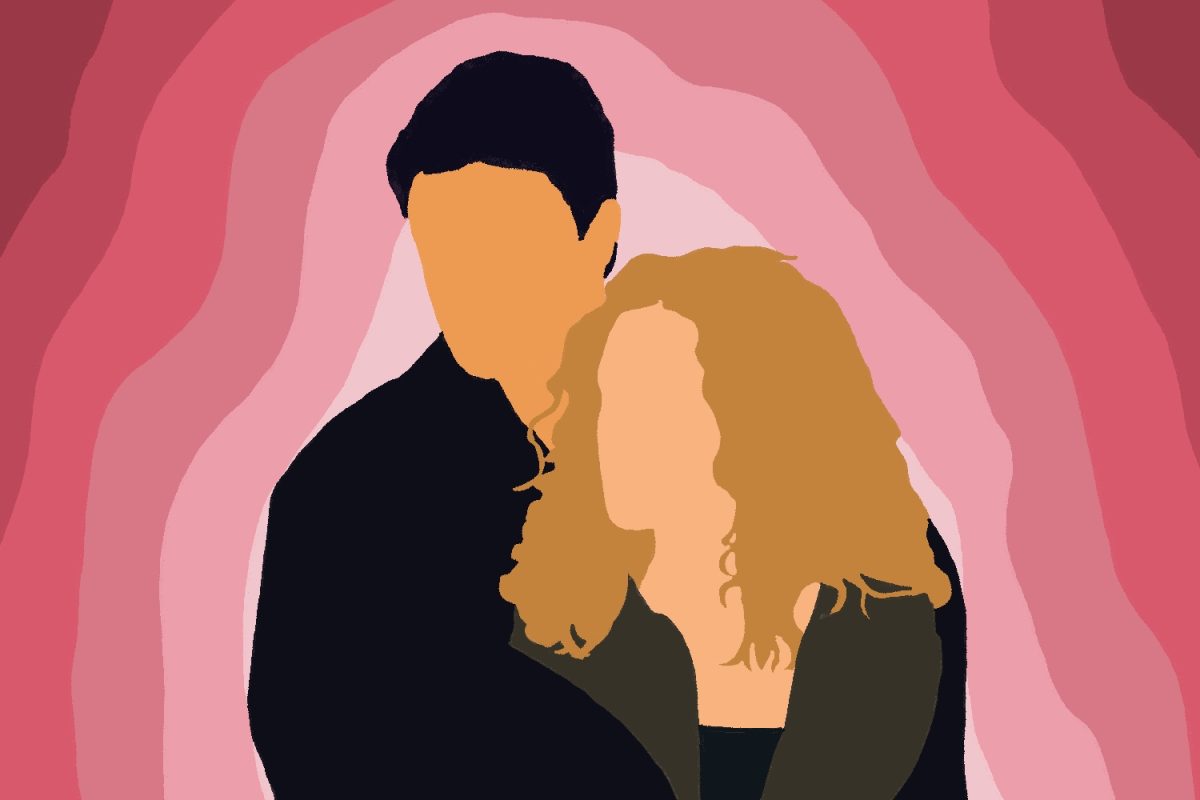The Royal National Theatre, one of Britain’s most acclaimed stages, has brought their production of “Hamlet” to Boston without one hint of excellence fading on the trip made overseas. Not only are the accents real, but there is so much vitality in this take on one of Shakespeare’s greatest works, that lines such as “To be or not to be,” “Get thee to a nunnery” and “There is something wrong in the state of Denmark,” appear surprisingly new and void of any theater buff in the audience mouthing the words along with the actors.
The play begins with a dimly lit stage solely bearing the faces of the entire cast, each member hauntingly standing in his or her own coffin-like structure. From the start, one acquires a sense of tragedy and impending doom, yet as the lights appear on Horatio and others gathering at dusk to witness the mysterious ghost of Hamlet’s father, the tombs validate themselves as part of the remarkable and elegant scenery used to illustrate the specific time period.
Small chandeliers rise and fall throughout the show to differentiate between scenes in and outside the castle, and light appearing from various areas of the stage clearly depict specific times of the day while foreshadowing upcoming moods and emotions.
The Royal National Theatre does not take Shakespeare’s script and mold it into a bizarre production in order to keep words written centuries ago new and exciting, as many other theater companies tend to be doing lately. The direction of John Caird succeeds plainly by replicating the usual and expected nature of “Hamlet,” as well as relying on the sheer talent and grace of his entire cast to illustrate the magic of a great story never told too frequently.
Simon Russell Beale as the title character asks his audience to ponder the question of life after death as if never deliberated upon before, and his ultimate demise shocks even the sophisticated literary academic. It is through this production that one understands how originality can be attained from genuine ability.
One of the only efforts to stray from the norm is in the casting of Beale himself. While undeniably fit as an actor to fill the shoes of Hamlet as admirably as the likes of Lawrence Olivier or Kenneth Branagh, his physical fitness is therefore another question. The firm, young body typically characteristic of Shakespeare’s tragic hero is substituted for Beale’s round and portly figure, while his elder, mature age tends to stray from the vulnerability and innocence commonly noticed in Hamlet’s youth. At first, these ideas are simple to overlook given Beale’s strength as an actor; however, as the play progresses, his appeal to Ophelia and ability to overpower Laertes treads the lines of reality. This change may work well for those yearning to see the play lean in a new direction, yet one must take into consideration why the same face of Hamlet has been used consistently throughout history: it works extremely well.
Age and form aside, Beales and his fellow players take Shakespeare’s classic into a new dimension. Cathryn Bradshaw as Ophelia is outstanding, sending uncomfortable chills down the spines of her spectators as she succumbs to an irrecoverable madness. Sara Kestelman as Gertrude genuinely depicts a gentle and kinder queen, a refreshing change from the austere and strict nature usually seen in the traits of Hamlet’s mother. In addition, Peter Blythe’s portrayal of Polonius brings to the stage a quality never before noticed in this secondary character. His quick-witted nature and likeability lead him to remain as one of the most memorable cast members.
This production of Hamlet is one that cannot be missed. Those who have read the story will marvel at the way in which Shakespeare’s words can come to life, while those who have previously seen the play on stage will again cherish the unending fascination with one of his best works.













































































































